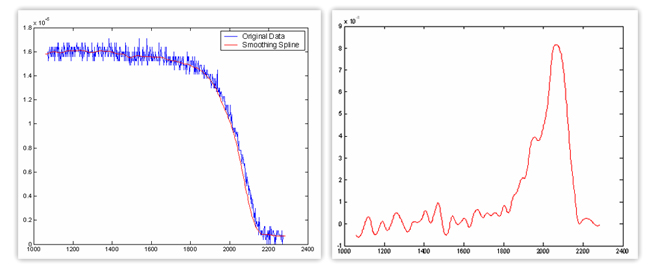















Home » Business fields » Plasma diagnostics » Retarding Potential Analysers
RPAs are used for ion energy measurements. A RPA selectively filters out ions by applying a retarding potential across an inlet grid. The probe acts as a high-pass filter by allowing only ions with voltages (energy to charge ratios, V = E/q) greater than the grid voltage to pass and reach a collection electrode (collector). So the yielded ion current varies as a function of the ion retarding electrode potential.
The adopted configuration includes three grids, a collector and a metallic outer body grounded to the vacuum facility.
During operation, the first grid is electrically isolated from the probe and facility ground to minimise disturbance to the ambient plasma from the strong electric fields generated within the probe.
The second grid is biased to a constant negative potential of sufficient strength to repel all plasma electrons from the collector. The third one (the ion retarding grid) is connected to a variable high voltage power supply (0 ÷ 3000 V).
 |
|
| RPA current-voltage characteristic | Ion energy distribution |